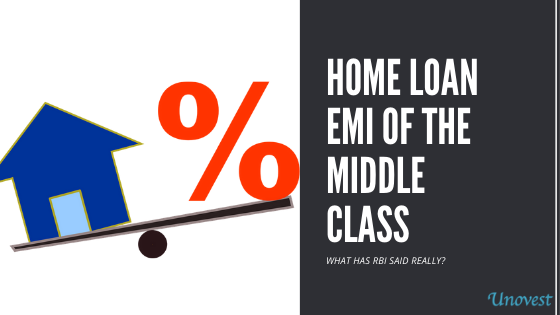Who doesn’t like to save interest on the home loan? We try to switch from bank to bank (S to H to I), benchmark to benchmark (T-Bill vs Repo rate) in getting that burden off us as much as possible.
In fact, just last week a friend reached out with a question on T-Bill vs Repo Rate linked home loan. He has been on a repo rate linked since the inception and now has an offer from another bank that offers a T-Bill linked rate.
The repo linked rate loan is soon going up to 8.3%. The offer on the T-Bill linked or TBLR is 8%.
The question is if he should switch to the T-Bill linked loan?
I am sharing my thoughts.
Some background – A few years ago, RBI asked banks to use external benchmarks such as 3 month Treasury Bills or Repo Rate to determine interest rate for variable rate loans, specifically the home loan rates.
Most banks (including some of the largest in the country) went with Repo rate as their external benchmark. A few opted for T-Bills (3 month) as their external benchmark.
The banks add a margin on top of the benchmark to arrive at the interest rate they charge the home loan customer. For example, TBLR 3M + 2.5%.
As the external benchmark changes, the interest rate on the loan also undergoes a change. If the 3 month TBLR changes from 4% to 5%, the interest rate on home loan changes from 6.5% to 7.5%.
T-Bill vs Repo Rate – what’s the difference?
The T-Bill rate is the rate of interest paid by the government on its very short term borrowings, aka, Treasury Bills. They come in less than one year maturity, typically.
The 3 month TBill rate is quite dynamic and it is changed more frequently as it reflects the current market interest.
The 3 month T-Bill rate is up 73%. It was 3.65% a year ago and at 5.65% as of Sept 12, 2022. (source)
Repo Rate is the rate at which the RBI lends money to commercial banks. The rate is determined by RBI and announced in its policy statement every 2 months or so. Changes in repo rate are less frequent.
Since Sept 2021, the repo rate is up 47.5% in the last 1 year. It was 4% a year ago against 5.90% now.
Should one move from repo rate to T-bill linked loan?
Assuming, there is an outstanding loan of Rs. 50 lakhs with 15 years payment period to go. At 8.3% and 8% rates, the EMI will be Rs. 48653 and Rs. 47783 respectively.
The difference in interest saved over 12 months is about Rs. 4500.
However, if you keep the EMI at Rs. 48653, it brings Rs. 15000 saving in interest during 12 months.
One might be tempted to extend the savings over 15 years. With the higher EMI, one can pay off the loan in 14.5 years (instead of 15 years) and save about Rs. 3 lakhs of EMI payments.(assuming all things remain the same during this period)
While it makes it sound compelling, 15 years is a long time.
->There is another point to consider. The TBLR linked loan is reset every month. The repo rate linked one is done once in 6 months or once a year.
As the TBLR is more dynamic, it may soon equal or exceed the repo linked loan rate.
->A switch might also lead to some tangible costs of stamp duty, insurance, processing fees. Not to mention the intangible costs of time and effort.
I don’t see a strong reason today to make the switch.
Here is a smart alternative.
Increase your current EMI by Rs. 1000 or Rs. 2000 or Rs. 5000. By this one simple action, you will save more and repay your loan faster than the TBLR switch.
—
What I definitely recommend is to ensure that your current bank/loan provider adjusts the rate as per market. I see several borrowers who don’t pay attention to their interest rates and are paying lakhs of rupees more in interest.
Between you and me: Do you know what benchmark is your interest rate linked to? Would you switch to the TBLR linked rate for your home loan?


